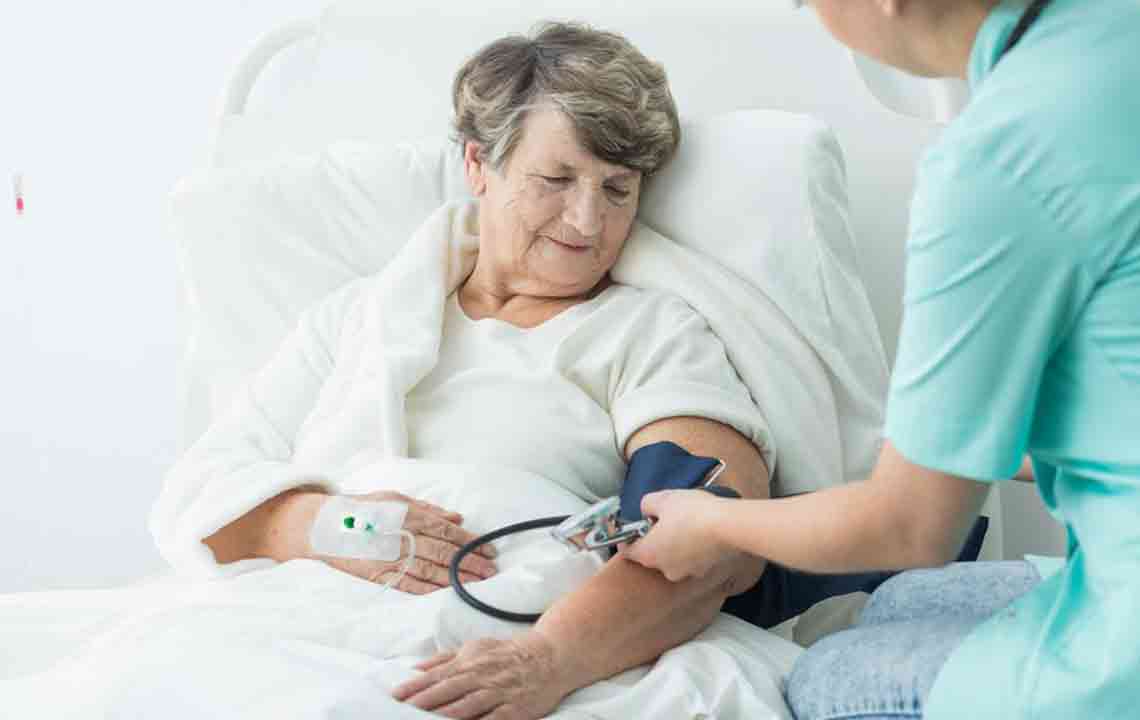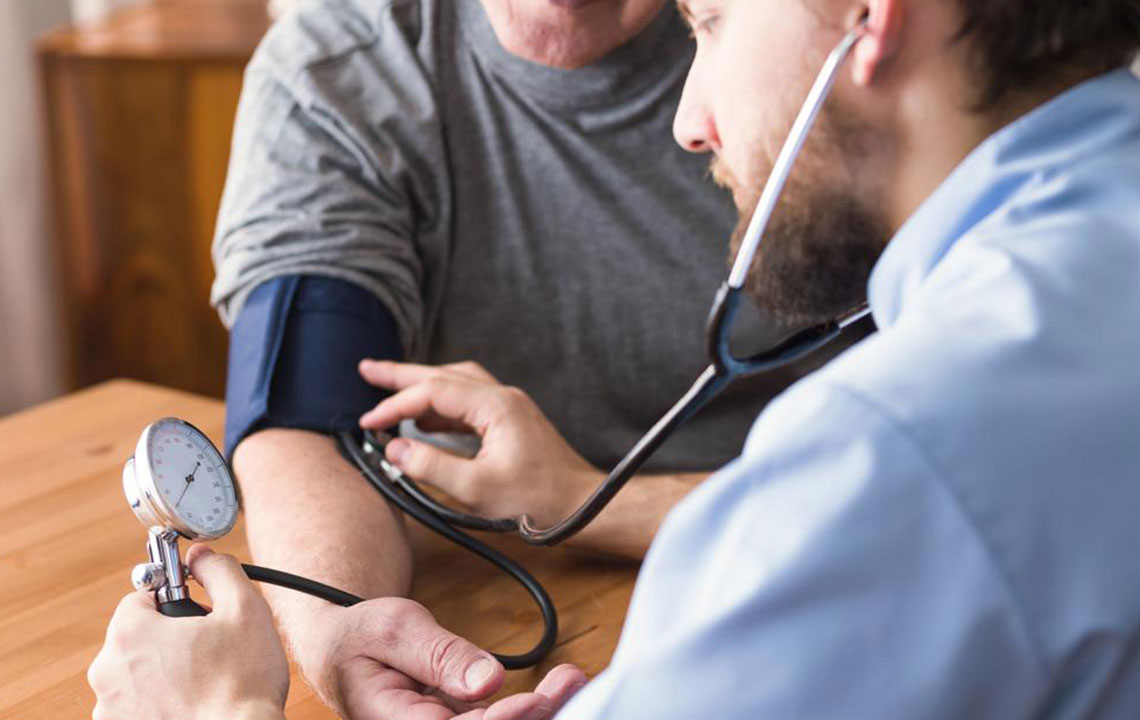Common Symptoms And Management Of Hypertension
Common symptoms and management of hypertension
Around 85 million people in the country suffer from hypertension. Hypertension is another term used for high blood pressure and is common in older people. The physical force that blood exerts while pushing artery walls is the blood pressure. In simple words, it is the pressure of blood in the circulatory system. Blood pressure readings are the two numbers separated by a line. The top number refers to the systolic blood pressure, whereas the other number represents the diastolic pressure.

Blood pressure measurements of human beings fall into the following categories:
Normal : Less than 120 mmHg for systolic and 80 mmHg for diastolic
Elevated : Between 120 and 129 mmHg for systolic and lower than 80 mmHg for diastolic
Stage 1 hypertension : Between 130 and 139 mmHg for systolic and between 80 and 89 mmHg for diastolic
Stage 2 hypertension : At least 140 mmHg for systolic and 90 mmHg for diastolic
Due to high blood pressure, the workload of heart and blood vessels increases. The extra pressure, force, and friction eventually damage delicate tissues of the arteries. Elevated blood pressure can be a result of various factors including the following:
- Medications including birth control pills, decongestants, cold remedies, pain relievers, and some prescription drugs
- Fat buildup in the arteries
- Kidney disease
- Obstructive sleep apnea
- Thyroid disease
- Adrenal disease
- Smoking
- Obesity
- Excessive salt intake
- Excessive consumption of alcohol
- Stress
- Age
- Genetics
Hypertension – Symptoms
For a prompt treatment, you need to watch for early symptoms of hypertension. However, keeping track of hypertension symptoms is not that easy, as there may be no early signs. This is why hypertension is also referred to as the “silent killer” that provokes a major cardiovascular event, such as stroke or heart attack. Usually, people accidentally discover that they suffer from hypertension. For example, when they go for a medical check up, followed by persistent back pain or cold and cough, and find they have high blood pressure.
Therefore, knowing the symptoms associated with high blood pressure can help. Abnormal heartbeat, nosebleeds, fatigue, blurred vision, chest pain, confusion, and other neurological symptoms are some of the common symptoms of severely high blood pressure. If hypertension symptoms are not dealt with immediately, these can be fatal.
Steps to manage hypertension
Once you know you have high blood pressure, you need to find ways to get rid of hypertension symptoms and keep heart problems at bay. Following are some effective steps you can consider for reducing your high blood pressure.
Eat low sodium diet
For managing blood pressure, you need to monitor your salt intake. Have a diet that has a low salt content and restrict the consumption of packaged and processed food items, as they contain a high amount of salt.
Opt for potassium-rich foods
Potassium works wonders for lowering blood pressure levels. So choose foods rich in potassium. You can count on fruits and vegetables, including bananas, apricots, muskmelon, mushrooms, and dark green vegetables. They will help restore the lost sodium-potassium balance in your body, which is a prerequisite for normal blood pressure.
Exercise
You need to develop an exercise routine that reduces the risk of high blood pressure. Exercising regularly, say doing 30 minutes of workout at least five times a week, helps in getting rid of hypertension symptoms. Running, climbing stairs, jogging, walking, cycling, and swimming is all that you can include in your exercise regimen.
Practice deep breathing
The easiest yet extremely effective way to lower blood pressure levels is to practice deep breathing techniques on a regular basis. When you inhale and exhale properly, your nervous system calms down. Deep breathing relieves stress and brings blood pressure down to its normal level. Therefore, practice deep breathing for at least 10 to 15 minutes every day for positive results.
Manage stress
Managing stress is important for reducing high blood pressure and treating hypertension symptoms. You should relax your mind now and then by being in the company of people who you like or doing things that you enjoy doing. Another way to manage stress is to change the way you respond to difficult situations. People get stressed out when they focus more on the negatives. Start focusing more on the positive and see how easy dealing with problems becomes.
Quit smoking
Smoking plays a major role in increasing your blood pressure. Nicotine present in cigarettes raises blood pressure, and heart rate makes the arteries narrow and hardens their walls. Therefore, quitting smoking is an effective step you can take to manage hypertension.




